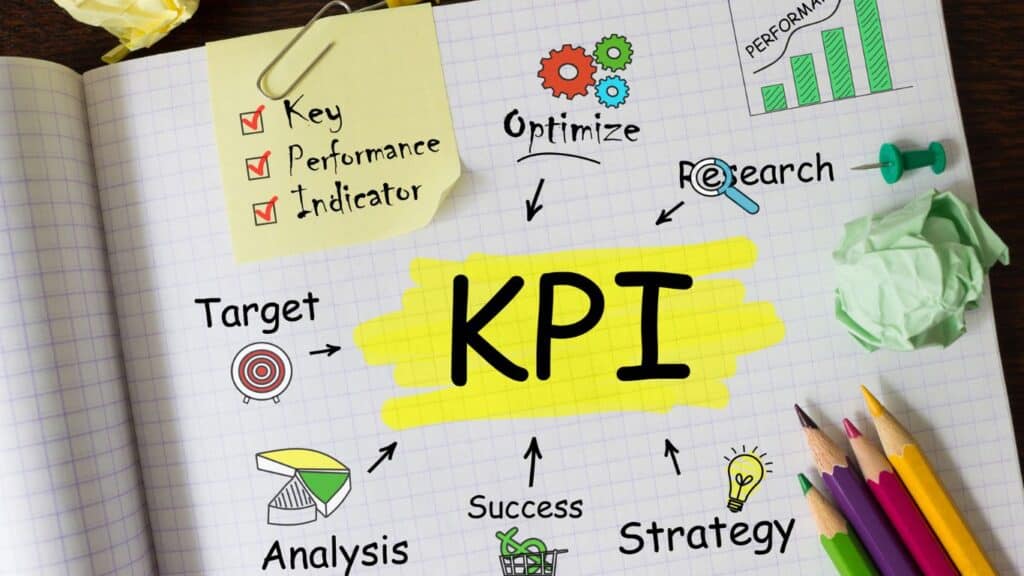What are Key Performance Indicators (KPIs)?
Key Performance Indicators (KPIs) are metrics used to evalute the success and performance of an individual, team, or organization in achieving specific objectives.
Here are some characteristics of good KPIs:
- Quantifiable: Typically expressed in numbers, percentages, or ratios to provide clear, measurable insights.
- Objective: They should avoid being subjective in nature.
- Aligned with Goals: Directly linked to organizational or departmental goals and objectives.
- Varied in Nature: Can be financial, operational, or related to customer satisfaction, among others.
- Time-bound: Often measured within a specific timeframe, such as monthly, quarterly, or annually.
- Benchmarking: Used to compare performance against industry standards or previous results.
- Decision-Making: Provide data-driven insights to inform strategic decisions and actions.
- Continuous Monitoring: Regularly reviewed and updated to ensure they remain relevant and aligned with changing goals.
- Customizable: Tailored to the specific needs and objectives of an organization or department.
- Actionable: Designed to highlight areas of improvement, prompting corrective actions or strategies.
KPIs serve as a compass, guiding organizations towards their strategic goals by offering a clear snapshot of their current performance and areas that need attention.
How do organizations and individuals set up good KPIs?
Setting up effective KPIs is crucial for both organizations and individuals to track progress and achieve their goals. Here’s how they can establish good KPIs:
- Understand the Objective:
- Clearly define what you want to achieve. Whether it’s increasing sales, improving customer satisfaction, or enhancing team productivity, the objective should be clear and specific.
- Ensure Relevance:
- KPIs should be directly related to the strategic goals of the organization or individual. Irrelevant KPIs can divert attention from what truly matters.
- Make it Measurable:
- A good KPI should be quantifiable. Use numbers, percentages, or ratios to provide a clear metric.
- Set a Time Frame:
- Determine the period for which the KPI will be measured, be it weekly, monthly, quarterly, or annually.
- Benchmark Against Standards:
- Compare your KPIs against industry standards or past performance to gauge where you stand.
- Ensure Feasibility:
- While KPIs should be challenging, they should also be achievable. Setting unrealistic KPIs can demotivate teams or individuals.
- Keep it Simple:
- Avoid over-complicating KPIs. They should be easy to understand and communicate to all relevant stakeholders.
- Regularly Review and Adjust:
- As goals evolve or market conditions change, KPIs should be reviewed and adjusted accordingly.
- Ensure Actionability:
- KPIs should lead to actionable insights. If a KPI indicates underperformance, there should be clear steps or strategies to address the issue.
- Involve Relevant Stakeholders:
- When setting KPIs, involve team members or individuals who will be directly impacted. Their input can provide valuable insights and foster a sense of ownership.
- Use Technology:
- Utilize software or tools that can help in tracking and visualizing KPIs, making it easier to monitor progress and make data-driven decisions.
- Limit the Number:
- While it’s essential to monitor various aspects of performance, avoid having too many KPIs. Focus on the most critical metrics to prevent dilution of effort and attention.




